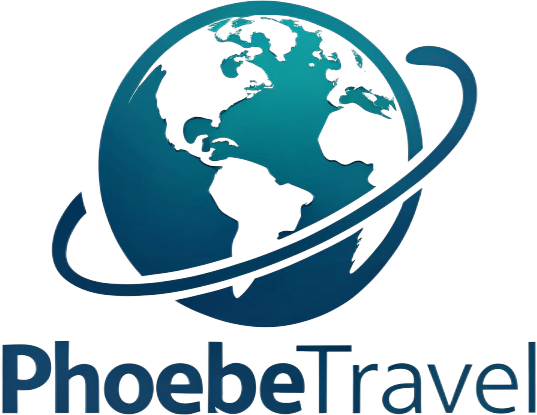Elevate Your Event: The Art of Conference Planning in the Modern Age
In today’s fast-paced world, where every moment counts, the art of conference planning has evolved from merely booking a venue and sending out invites to a sophisticated orchestration of elements that can either make or break your event. Whether you are a seasoned planner or a newbie diving into the world of conferences, understanding the nuances of effective conference planning can set you apart from the rest. This article will explore various dimensions of conference planning, offering insights into emerging trends, budget-friendly options, and innovative strategies that can take your event to the next level.
**Understanding the Purpose**
The first step in planning any successful conference is to understand its purpose. Is it to educate? Network? Inspire? Clarifying the conference’s goals will shape your planning decisions, from the choice of speakers to the location. Consider creating a mission statement for your conference, outlining what you want to achieve and who your target audience is. This clarity will guide all your decisions, making it easier to stay on track throughout the planning process.
**Budgeting Wisely**
One of the most crucial aspects of conference planning is budgeting. You can opt for a luxurious venue with all the bells and whistles or take a more budget-friendly approach without sacrificing quality. Many beautiful and functional spaces exist outside the usual hotel conference rooms that can be rented for a fraction of the cost. Consider community centers, local universities, or even unique spaces like art galleries or historic buildings. Not only do these venues provide a distinct atmosphere, but they also help to minimize costs.
Moreover, explore the possibility of sponsorships and partnerships. Many companies are willing to sponsor an event that aligns with their mission, which can significantly reduce costs. Offering them exposure in return can create a win-win situation that enhances your conference’s credibility and reach.
**Incorporating Technology**
In an era where technology reigns supreme, incorporating the latest tech trends into your conference can elevate the attendee experience. From virtual reality sessions to live polling apps, technology can enhance engagement and interaction among participants. Hybrid events, where both in-person and virtual attendees can participate, are becoming increasingly popular. This approach not only widens your audience but also caters to those who might be unable to attend in person.
Consider using event management software to streamline registrations, track RSVPs, and collect feedback post-event. Such tools can simplify many logistical aspects, allowing you to focus on creating a memorable experience for your attendees.
**Sustainability Matters**
As we become more aware of our environmental impact, integrating sustainability into your conference planning is not just a trend; it’s a responsibility. From opting for eco-friendly materials in your conference kits to minimizing waste through digital handouts, there are countless ways to reduce your carbon footprint. Encourage speakers to use digital presentations instead of printed handouts, and consider serving locally sourced meals to minimize transportation emissions.
Promoting a zero-waste philosophy during your event can also inspire attendees to think about sustainability in their own lives. Engaging participants in discussions about environmental responsibility can enhance the overall value of your conference.
**Engaging Content and Speakers**
The content of your conference is critical. Engaging speakers can captivate your audience and encourage participation. Seek out thought leaders, innovators, and even local voices who can bring fresh perspectives. Consider including breakout sessions that cater to various interests within your audience. This approach not only makes the event more dynamic but also allows attendees to customize their experience based on their preferences.
Interactive workshops, panel discussions, and networking opportunities should be thoughtfully integrated into the schedule. Make sure to allow time for informal networking, as many connections are made over coffee or during breaks.
**Feedback and Follow-Up**
Finally, once your conference concludes, don’t forget the importance of feedback. Providing attendees with a simple way to share their experiences can offer valuable insights into what worked and what didn’t. Use this information to refine your approach for future events. Following up with attendees post-conference can also keep the conversation alive, fostering community and encouraging continued engagement.
**Conclusion**
Planning a successful conference is a multifaceted endeavor that requires careful thought and consideration. By focusing on your goals, budgeting wisely, embracing technology, promoting sustainability, curating engaging content, and seeking feedback, you can create an event that resonates with your audience and leaves a lasting impact. The future of conference planning is bright, and with the right strategies, you can lead the way into a new era of unforgettable experiences.

